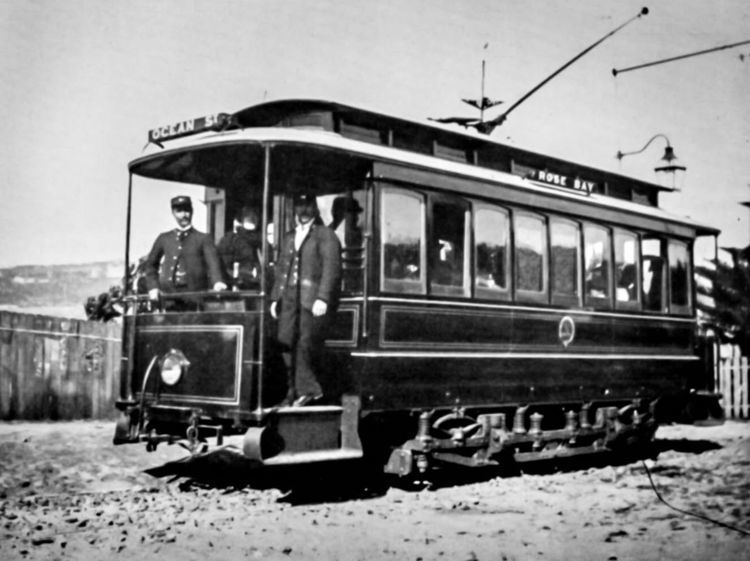Constructed 1896-1900 Capacity 20-26 (Seated) | Fleet numbers 4-17, 20-97, 289-291 Width 7 ft 3.5 in (2.22 m) | |
 | ||
Manufacturer Bignall & Morrison
Hudson Brothers
Clyde Engineering Train length 22 ft 0 in (6.71 m) to 26 ft 0 in (7.92 m) | ||
The C-class trams were a class of single bogie end loading trams operated on the Sydney tram network.
Contents
History
Between 1896 and 1900, 97 C-class trams were built by three Sydney firms; Bignall & Morrison, Hudson Brothers and Clyde Engineering with bogies supplied by the Peckham Motor Truck & Wheel Co, Kingston, New York. There were four different body types with variations in width, length, number of windows, and seating capacity (20-26). Three (289-291) were built as trailer cars, later being fitted with power equipment.
A typical tram features a single saloon passenger area comprising two longitudinal timber benches facing inwards for 22 seated passengers with standing room in the centre aisle. An interior of varnished timberwork with a clerestory roof with sidelights of coloured glass. Sliding doors at each end lead to outside platforms where the driver controlled the tram. The driver protection was an overhanging canopy where passengers entered and left the car.
C-class trams towed steam and cable trailers, and many ran coupled together. There were also examples of C and D classes being coupled. Some of these C/C and C/D combinations became permanent, with inner end driving controls being removed. They mainly operated from Ridge Street Tram Depot and to a lesser extent from Rushcutters Bay, Ultimo and Waverley.
In 1905, three (14-16) were sold to Ballarat. In 1907, four (23, 25, 38 and 39) were sold to the Victorian Railways as replacements for trams destroyed at Elwood depot. Mass withdrawals began in 1917 with all out of service by 1926. One (37) saw service in Byron Bay as a locomotive hauled on the jetty from 1924 until 1963.
Numbers
Preservation
Seven have been preserved:
